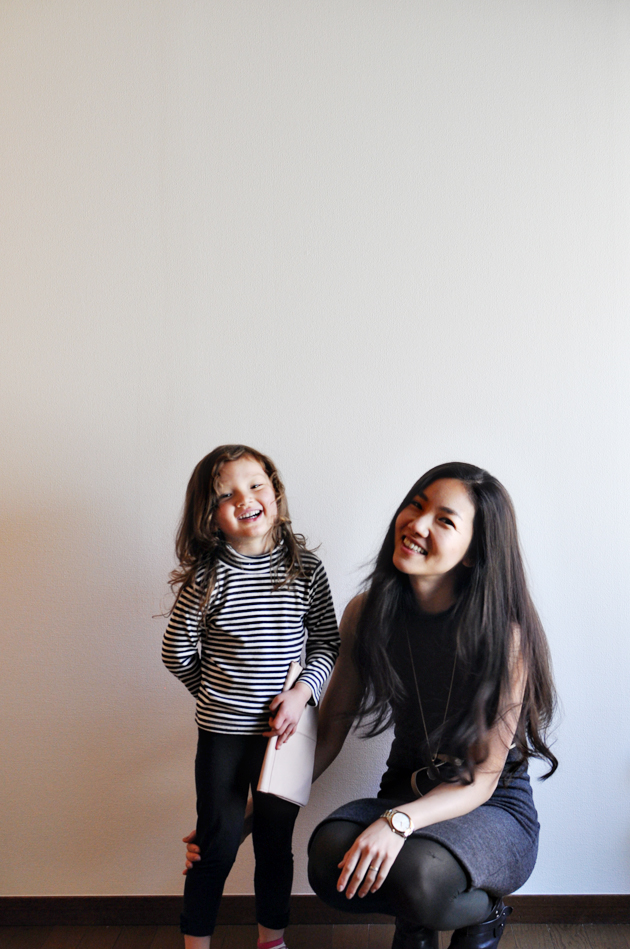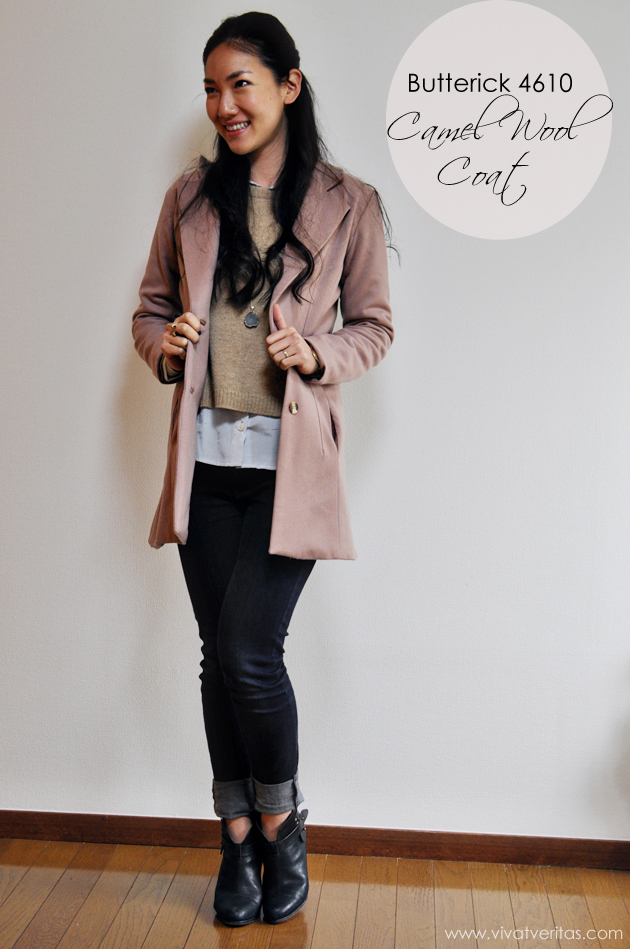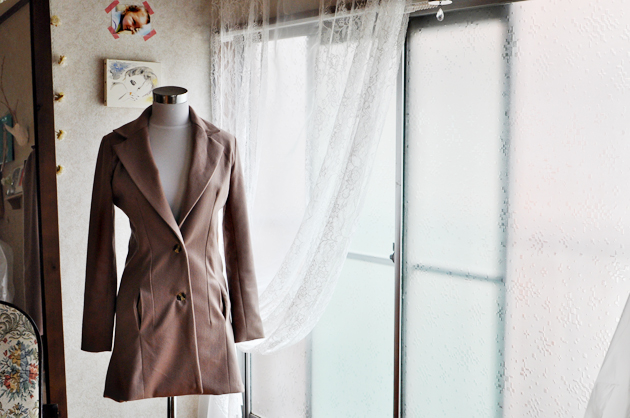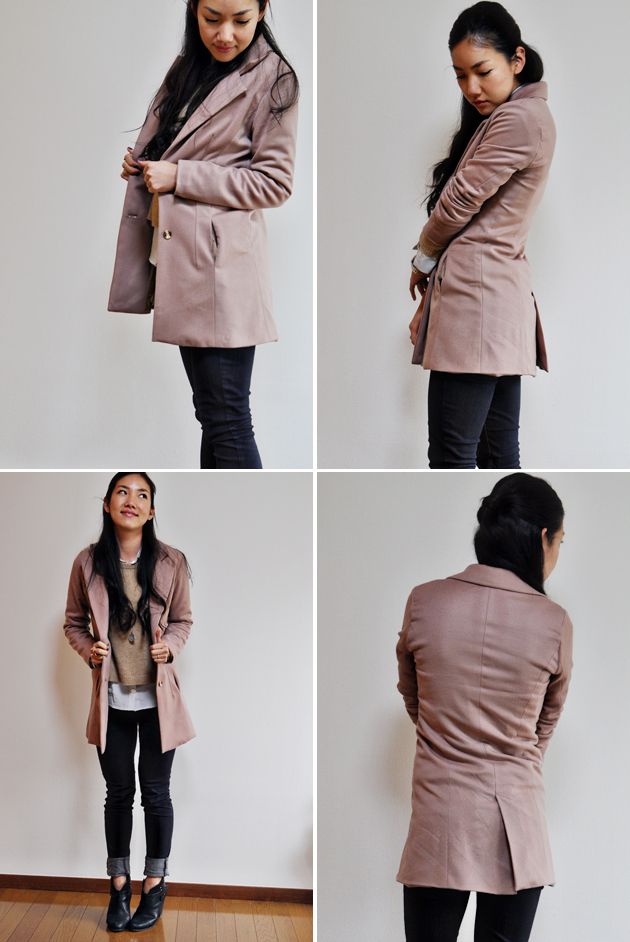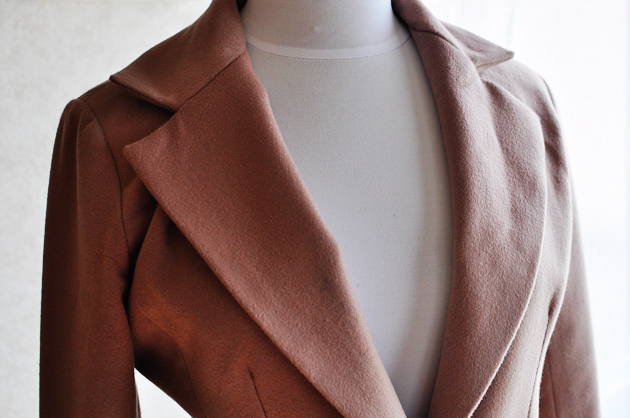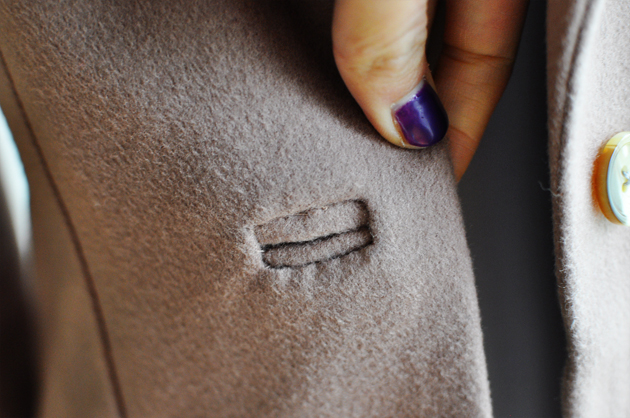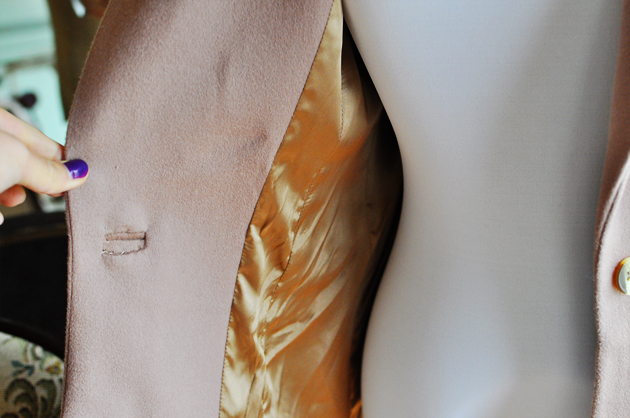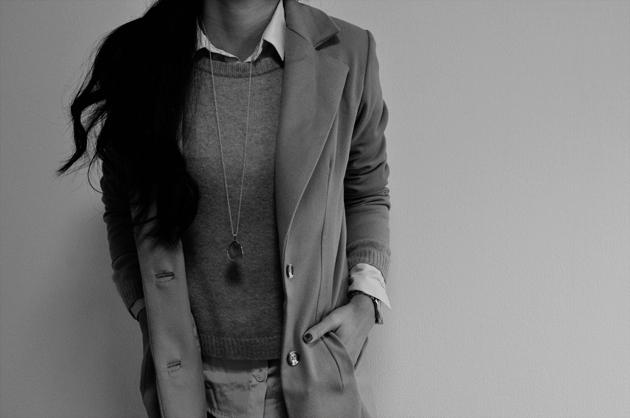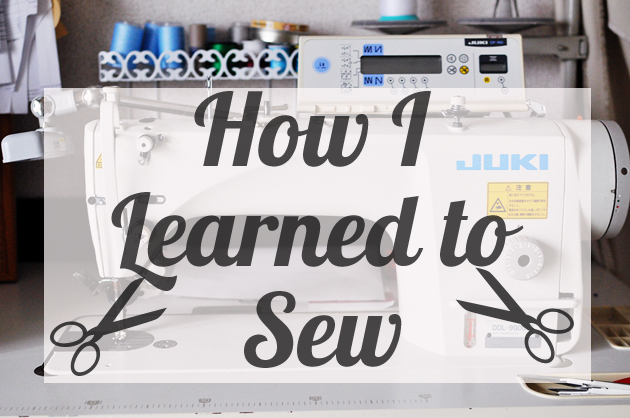 Reading the recent blog post by Rachael (House of Pinheiro) on “What do you do to become a better sewist?”, it got me thinking about the question I get asked often: “How did you learn to sew?”. When people find out that I sew wedding dresses, they often ask this question. I tell them I learn most about sewing through resources online and books. I never went to fashion school or couturier school. I have a bachelors degree in journalism which turned out to be totally useless in the line of work I do. I tell them that I learned how to install invisible zippers by googling “how to install invisible zippers” and just doing it many times. Usually, people react with disbelief…
Reading the recent blog post by Rachael (House of Pinheiro) on “What do you do to become a better sewist?”, it got me thinking about the question I get asked often: “How did you learn to sew?”. When people find out that I sew wedding dresses, they often ask this question. I tell them I learn most about sewing through resources online and books. I never went to fashion school or couturier school. I have a bachelors degree in journalism which turned out to be totally useless in the line of work I do. I tell them that I learned how to install invisible zippers by googling “how to install invisible zippers” and just doing it many times. Usually, people react with disbelief…
What most people don’t realize is the amount of time I put into sewing. When first starting I sewed for hours every day. I still do. At first it took me three nights to sew a simple dress. I was confused most of the time. The thread tension was wrong, I didn’t know that you needed a special foot to install an invisible zipper. I didn’t have a serger so my seam allowances were not finished. But I kept making more pieces, each time improving little by little. Once I figured out how to make a simple dress, I moved on to making more complicated things like jackets, coats, shirts, wedding dresses and most recently jeans, just like schools would have you do in different classes.
I took piano lessons for 13 years from age 6 to 19. I think my mother wanted me to be a concert pianist. It turned out that I didn’t and I stopped playing the piano when I moved out of my parents’ home. My mother thought it was such a waste. She put in money, effort, all the driving me back and forth to piano lessons and her daughter just gave up like that. However, I do not think it was a waste at all. From all those years of lessons, I learned the importance of practice and the importance of not giving up. Although I no longer play the piano daily, the understanding that “practice makes perfect” stuck with me.
What worked for piano also works for sewing. I kept sewing and sewing, and trying my hand at other crafts (pattern drafting, draping, knitting, sketching, crocheting, embroidery etc) to better my skills and although you don’t see the immediate result, looking back you will see how much you improved! Most good things in life like marriage, child raising etc. come with practice and patience as well, right?
When I first started selling clothes online, nobody bought my clothes. It made me a bit sad, but Andy encouraged me to keep going, so I sewed more, posted new creations online, figure out how to have better photos and slowly, some people took interest. Those people who bought from me helped me learn even more by requesting custom clothes. You get to experience sewing for different shapes and what’s better, they are paying for you to learn!
“Experts have said it takes 10,000 hours of hard work to become an expert seamstress” (Quote from Ten Thousand Hours of Sewing…). Read “Outliers” from Malcom Gladwell and be encouraged to keep sewing or doing whatever you are trying to learn (I listened to the audio book). Every time I am tempted to sit on the couch and browse through Pinterest for hours, I remind myself that every little bit of effort counts. Instead of sitting in front of the TV, I sit in front of my sewing machine and keep sewing.
 {find me elsewhere: shop, facebook, etsy, twitter, pinterest, instagram}
{find me elsewhere: shop, facebook, etsy, twitter, pinterest, instagram}
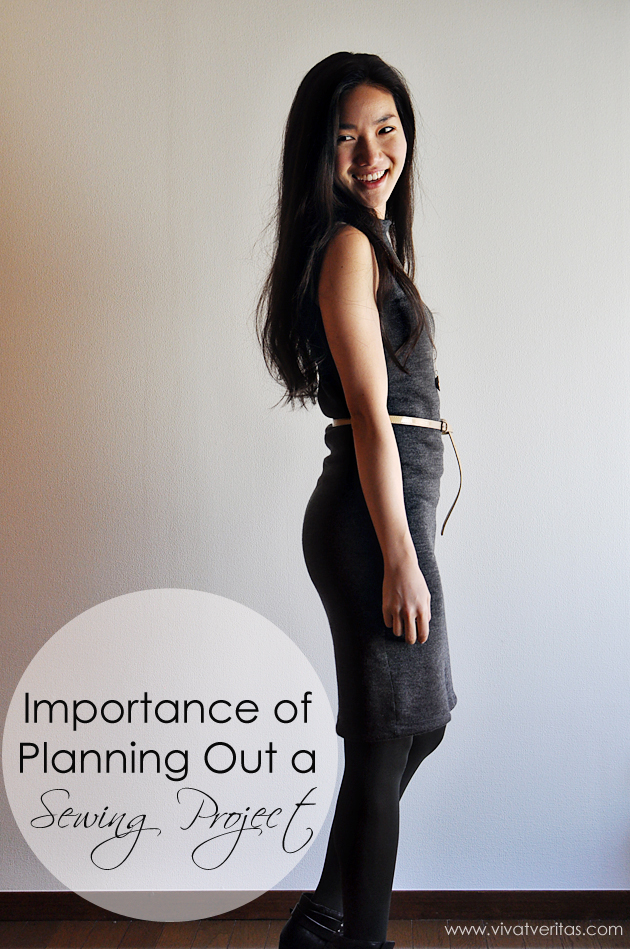 I wish all my handmade clothes were great and got a lot of wear but unfortunately that is not the case and this dress is certainly not on the favorites list. I think one thing that makes clothes become a go-to in your closet (whether you make it or buy it at the store), depends on how well you plan. Almost every time I binge buy clothes or binge make them, it fails.
I wish all my handmade clothes were great and got a lot of wear but unfortunately that is not the case and this dress is certainly not on the favorites list. I think one thing that makes clothes become a go-to in your closet (whether you make it or buy it at the store), depends on how well you plan. Almost every time I binge buy clothes or binge make them, it fails.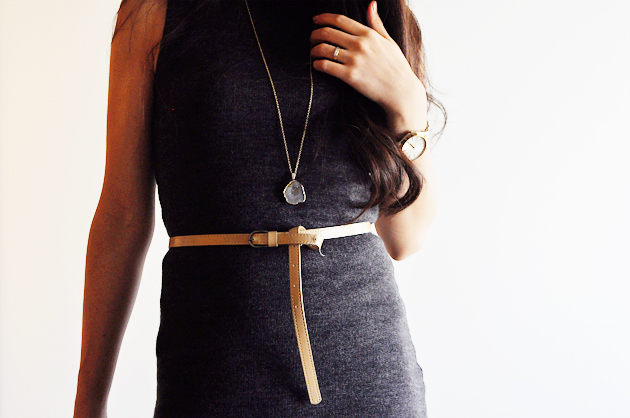
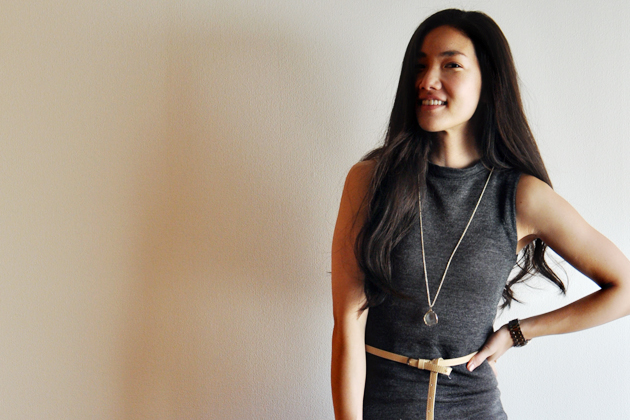
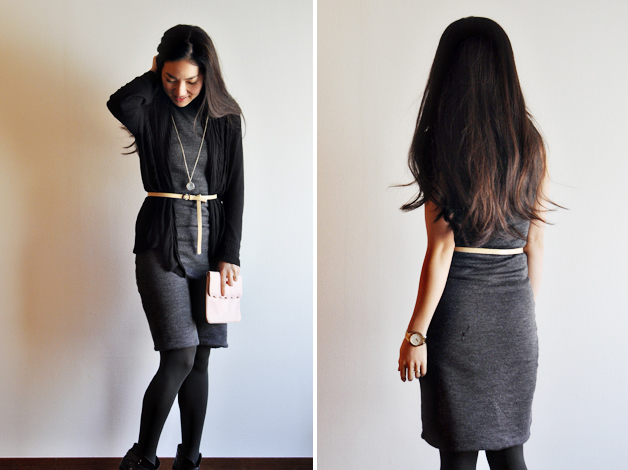 Outfit details | knit dress made by me,H&M Cardigan,
Outfit details | knit dress made by me,H&M Cardigan, 